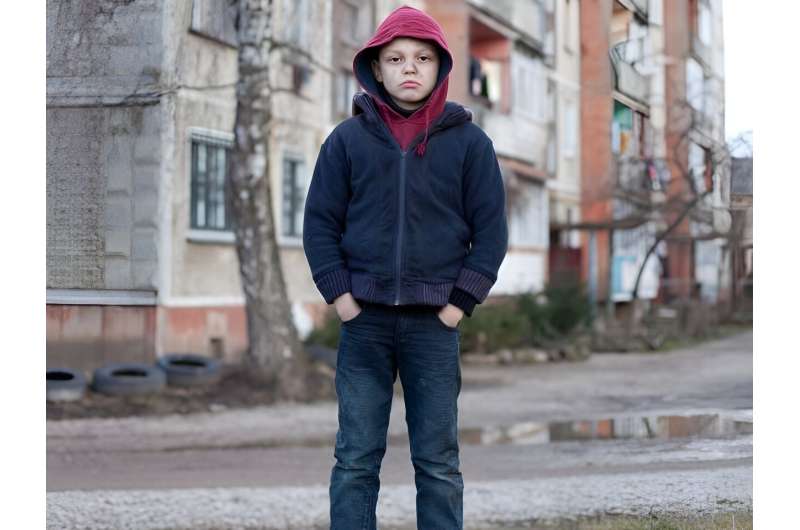Home » Health News »
Neighborhood disadvantage tied to higher risk for autism diagnosis

Children residing in more disadvantaged neighborhoods at birth have a higher likelihood of an autism spectrum disorder (ASD) diagnosis, according to a brief report published online Nov. 15 in JAMA Psychiatry.
Xin Yu, from the Spatial Sciences Institute at the University of Southern California in Los Angeles, and colleagues used data from a Kaiser Permanente Southern California birth cohort with health insurance (2001 to 2014; 318,372 mothers with singleton deliveries) to evaluate the association between neighborhood disadvantage and the diagnosis of ASD.
The researchers found that 6,357 children had ASD diagnoses during follow-up, with a median age at diagnosis of 3.53 years. There was a higher likelihood of ASD diagnosis with neighborhood disadvantage (hazard ratio, 1.07 per interquartile range 2.70 increase).
Compared with children of white mothers, children of mothers from minoritized racial and ethnic groups (African American or Black, Asian or Pacific Islander, Hispanic, or Latinx) had an increased likelihood of ASD diagnosis. There was an interaction between maternal race and ethnicity and neighborhood disadvantage, with neighborhood disadvantage only associated with ASD among children of White mothers (hazard ratio, 1.17 per interquartile range 2.00 increase).
“Investment in early intervention and family support for communities and populations with higher diagnosis rates, along with universal access to screening and diagnosis, is warranted,” the authors write.
More information:
Xin Yu et al, Neighborhood Disadvantage and Autism Spectrum Disorder in a Population With Health Insurance, JAMA Psychiatry (2023). DOI: 10.1001/jamapsychiatry.2023.4347
Journal information:
JAMA Psychiatry
Source: Read Full Article


